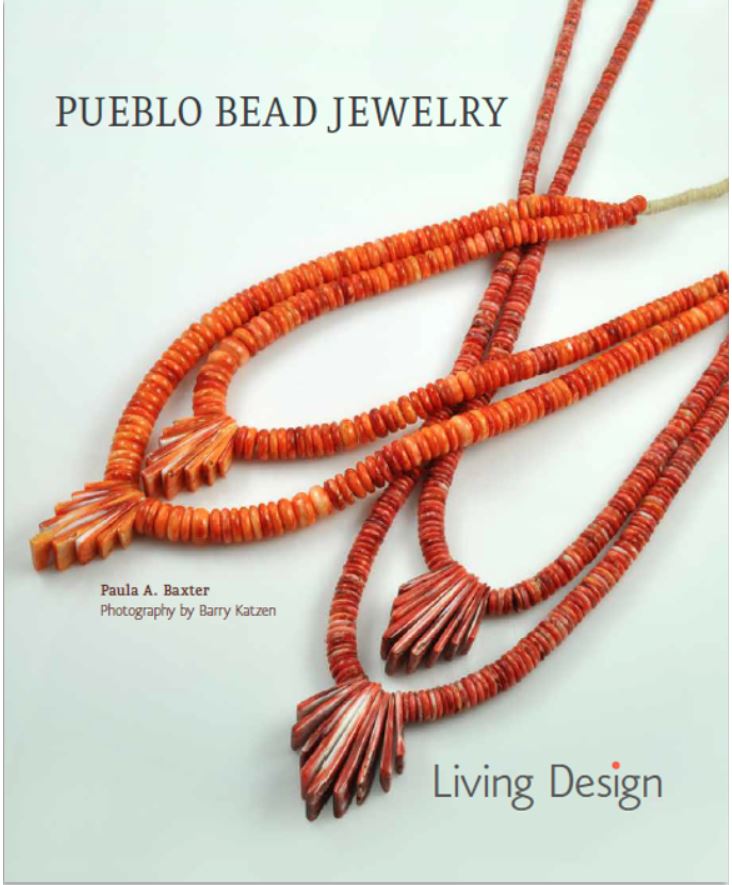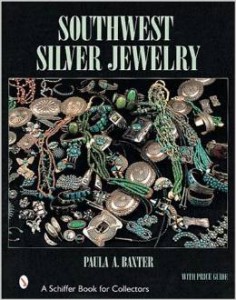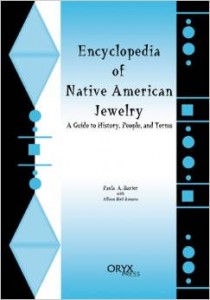Life is always full of ironies. It turns out that on February 14, 1986, the Smithsonian Institution finally agreed to return the skeletal remains of American Indians held in its National Museum of Natural History to those tribes who rightfully claim them. This initiative only came after the passing of NAGPRA (Native American Graves Protection and Repatriation Act), a law that calls for the repatriation of remains and artifacts from institutions that had collected them back to the tribe of origin. The road to justice is a very long one, but this was an important step.
I still remember with a shiver the story a Hopi friend told me years ago. She had been invited by a wealthy white couple to visit their beautiful home, where they told her they had some art works she would appreciate. She arrived there to find several Hopi sacred clan masks proudly displayed in a glass case with spotlights trained on them. They’d been stolen years ago from the kivas where they were meant to stay out of sight until needed.





The dates in this posting are confused.
The National Museum of the American Indian Act, which requires the National Museum of Natural History to inventory, identify and return Indian and Native Hawaiian human remains and associated funerary objects was enacted on November 28, 1989.
The Native American Graves Protection and Repatriation Act, which was enacted on November 16, 1990, places similar requirements on other museums and Federal agencies, but explicitly excludes the Smithsonian Institution.
I’m not sure to what event the February 14, 1986 date refers.
I am to blame for citing a commercial publication which does not document its sources. My source only stated that on February 14, 1986 the National Museum of Natural History made an announcement that it would return Native human remains to those with verifiable lineage; this may have just been a simple public statement on the part of the museum while the necessary NAGPRA legislation was pending. The dates provided in the comment are the correct and important ones. In the future, if I do a “this day in history…” post I will be sure to double-check my sources. Thank you.